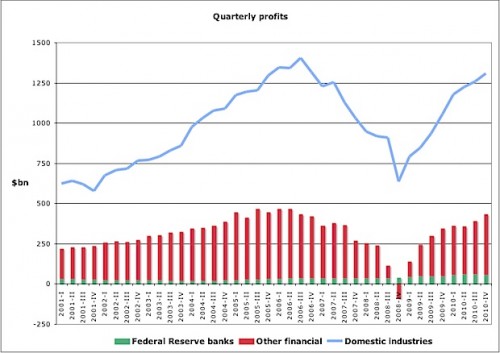 (view the slideshow)
(view the slideshow)
Back in the spring, Lisa gave a talk at Franklin and Marshall College about data about the newness, prevalence, and content of “hook ups” on American campuses. Surprise, today’s college students didn’t invent casual sex and there’s no need for their parents to worry about a “bacchanalian orgy” in one dorm after another. Concluding that the problem isn’t “too much” sex, she argues that the problem is too much bad sex.
In her own research, Lisa has found that students want sex to be pleasurable, empowering, or meaningful. But, alas, they seem to have difficulty achieving any one of those things in great measure. The culprit, she concludes, isn’t hooking up, it’s hook up culture. When a hook up culture dominates, all other ways of being sexual are repressed, and that leaves many students involuntarily celibate or having sex they don’t really want. The solution: an opening up of sexual options that allow students to truly, genuinely explore their own sexualities safely.
Franklin and Marshall College arranged to have the lecture filmed, but Lisa was too shy to post it on Soc Images. But she sent me the link to the talk, and I have no such misgivings. Unfortunately, the camera was set up at an angle where you can’t see the PowerPoint presentation that went along with the lecture, so you’ll have to look through it separately if you’re interested (slideshow and transcript if you’d rather read). Lisa’s got other talks too, if you’re interested, and I know she loves giving them.
Common Hour: The Promise and Perils of Hook-Up Culture from Franklin & Marshall College on Vimeo.
Common Hour: The Promise and Perils of Hook-Up Culture from Franklin & Marshall College on Vimeo.












